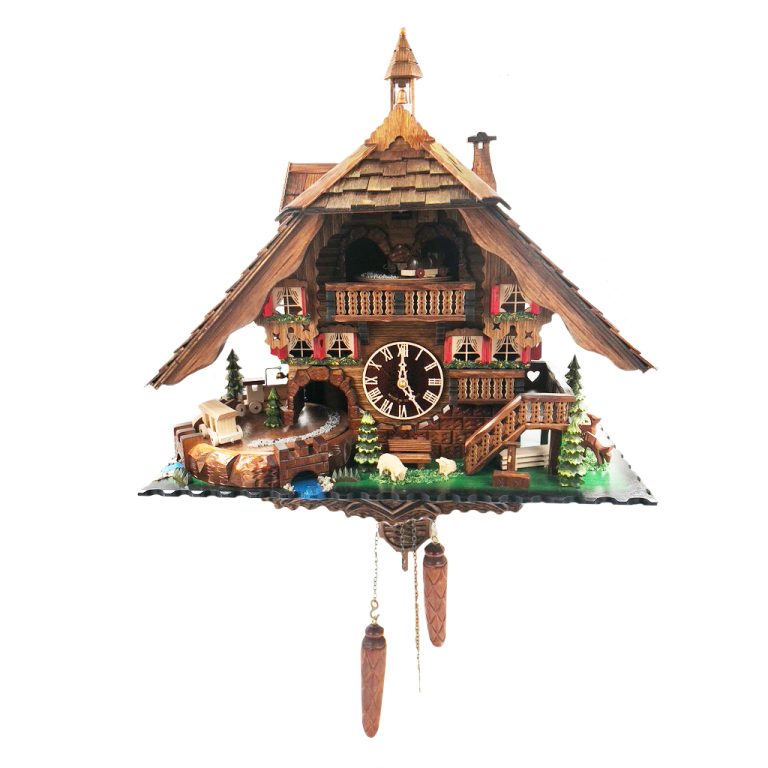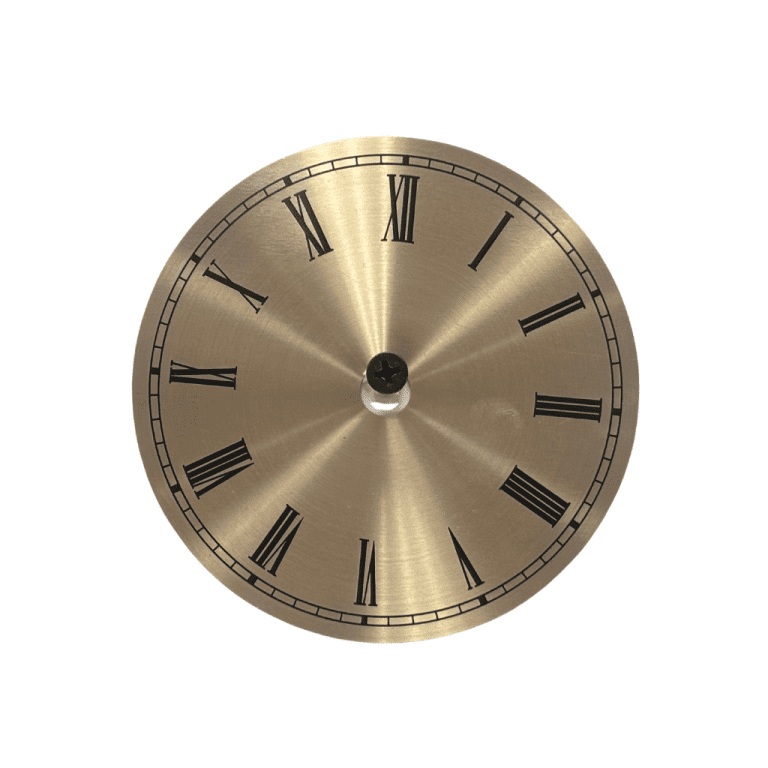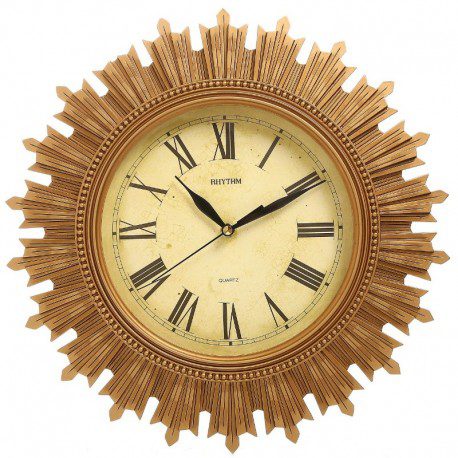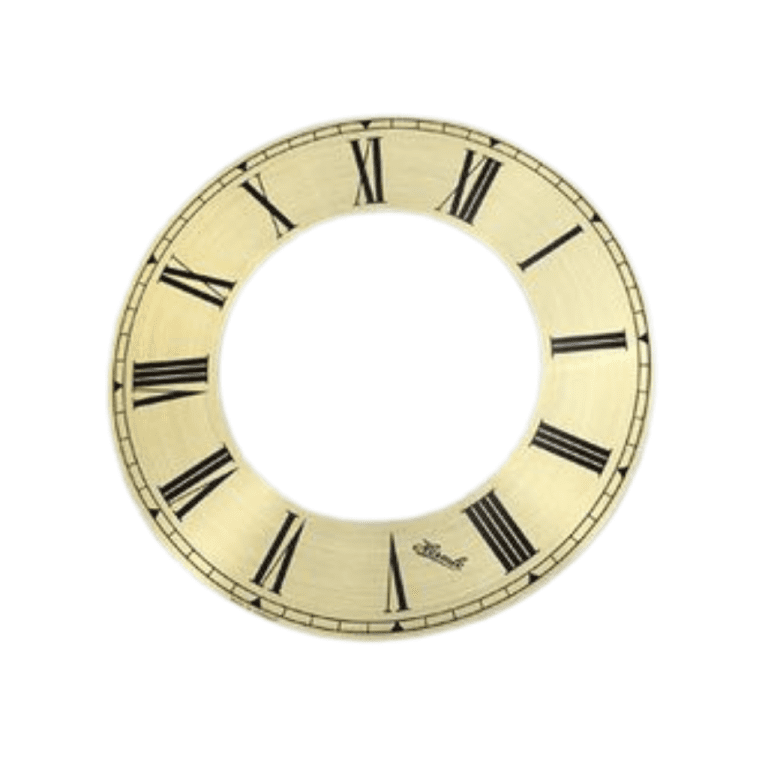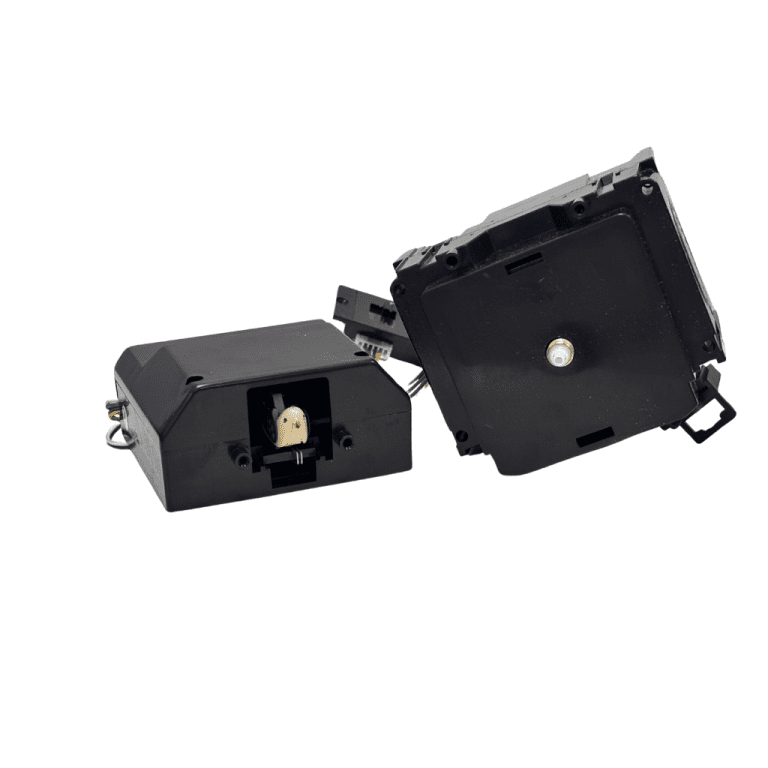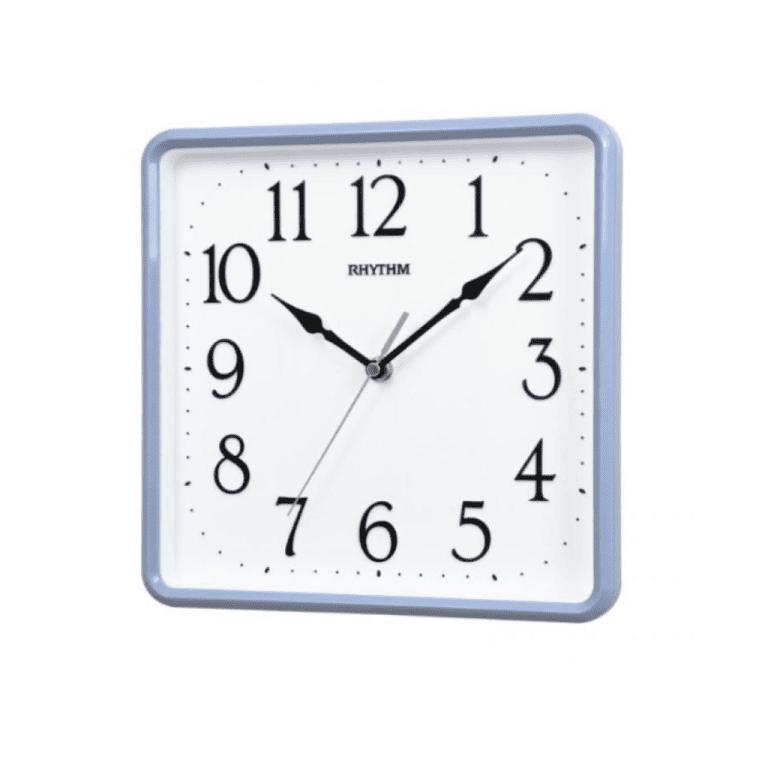You’ll hear lots of horror stories about how frequently a clock should be overhauled to keep it in top condition. Some repairers suggest every three to five years but unless it’s a highly valuable and original clock, my view is that so long as it is kept properly lubricated, a clock should not need to be stripped and cleaned any more often than once in ten years.
The key is proper and regular lubrication. Failure to lubricate the clock will eventually lead to wear such as the elongation of a pivot hole . It’s not a terminal problem as the hole can be brought back into its correct position by re-bushing . But if left unchecked, a worn pivot hole allows the wheels to gradually drift apart until the teeth do not engage properly; then one day the force of the mainspring will bend the tips of the teeth as the wheel spins out of control. This is more serious as a new wheel now needs to be cut and fitted to the barrel.
Failure to keep the pivot holes oiled can also lead to damage to the corresponding pivot, or even the complete loss of the pivot. Another more expensive repair – drilling out the arbor and fitting a new pivot, and usually re bushing the pivot hole to match.
An oil service every three-year intervals, however, should help keep your clock working and could save you quite a bit without putting the clock at risk of significant damage. You could save even more by oiling your clock yourself but you must use clock oil suitable for the job. And you must know where to place the oil (and where not to!).
Don’t use 3-in-One or even worse, WD40. Both will impair the clock’s ability to work; modern clock oil is synthetic so much longer lasting than mineral or vegetable oils, which break down over time. Clock oils also contain rust inhibitors to protect the clock.
Ideally, pour a little clock oil into a tiny dish and dip a clean, steel pin into it so that you don’t overdo it, and apply the oil on the pin. Alternatively, get yourself a pocket size clock oiler. I use ones made by AF in Switzerland (Albert Froidevaux & Fils SA) who are specialists in horological tools. The A&F oilers resemble hypodermic syringes so they reach the parts of the clock where oil is needed without contaminating other parts. I usually have some spares available so for £8 I’ll post you one (UK only). But it’s only to be used on pallets and small to medium sized pivots; large pivots like winding arbors really need to be greased.
Where should the oil be applied? The wheels (or gears) in a clock are fixed to shafts (arbors) and each end of the arbor is turned down in a lathe to a much smaller size, called the pivot. These pivots support the wheel between the brass plates at the front at back and they are made small to minimise the friction of turning. Some pivots, like those found in a small clock such as a carriage clock for example, are less than a millimetre in diameter.
Apply the oil to the pivot holes in the brass backplate; usually, the holes are cupped (countersunk) to provide a ‘well’ that will retain the oil and in the centre you’ll see the end of the white metal (steel) pivot. On an 8-day timepiece, you’ll find at least four. On a striking clock they’ll be more than twice that. Leave the clock face down as you do it and allow the oil to permeated. Don’t overdo it. If you put too much oil in the countersink, some oil will drain off and unfortunately due to the process of osmosis, it will slowly draw all the oil out with it, leaving it almost dry.
The only other place to add a spot of oil is on the pallets of the escapement, to allow the teeth of the escape wheel to slip through with minimal friction. Do not oil the teeth of the wheels or the pinions.
If that seems easy, the difficult part is doing it again to the front plate. Don’t be tempted to try and oil the front pivots from between the plate as the countersink won’t retain it. You’ll need to remove the hands, and the dial, to expose the pivot holes in the front plate.
Credited to:www.horologica.co.uk/





